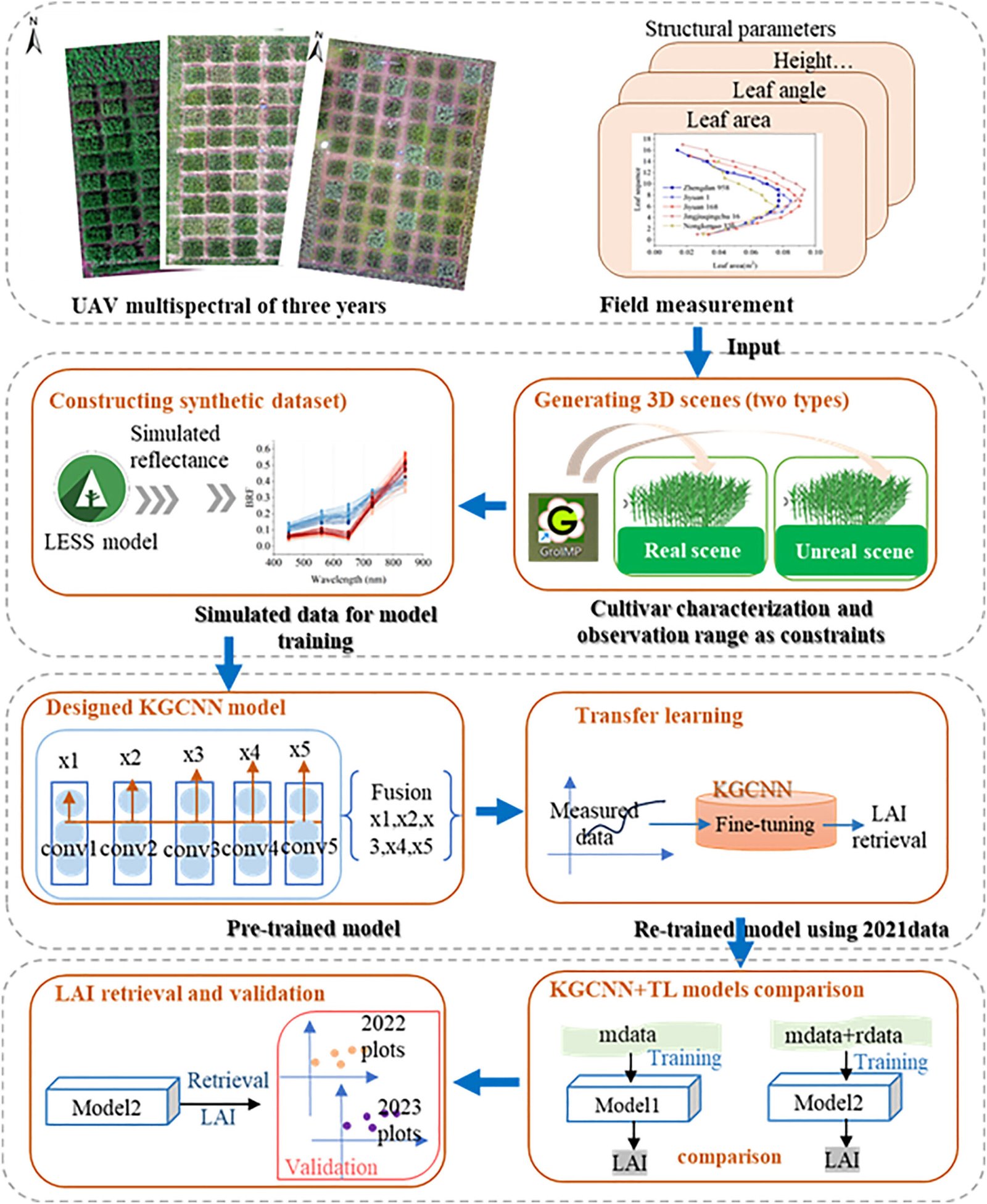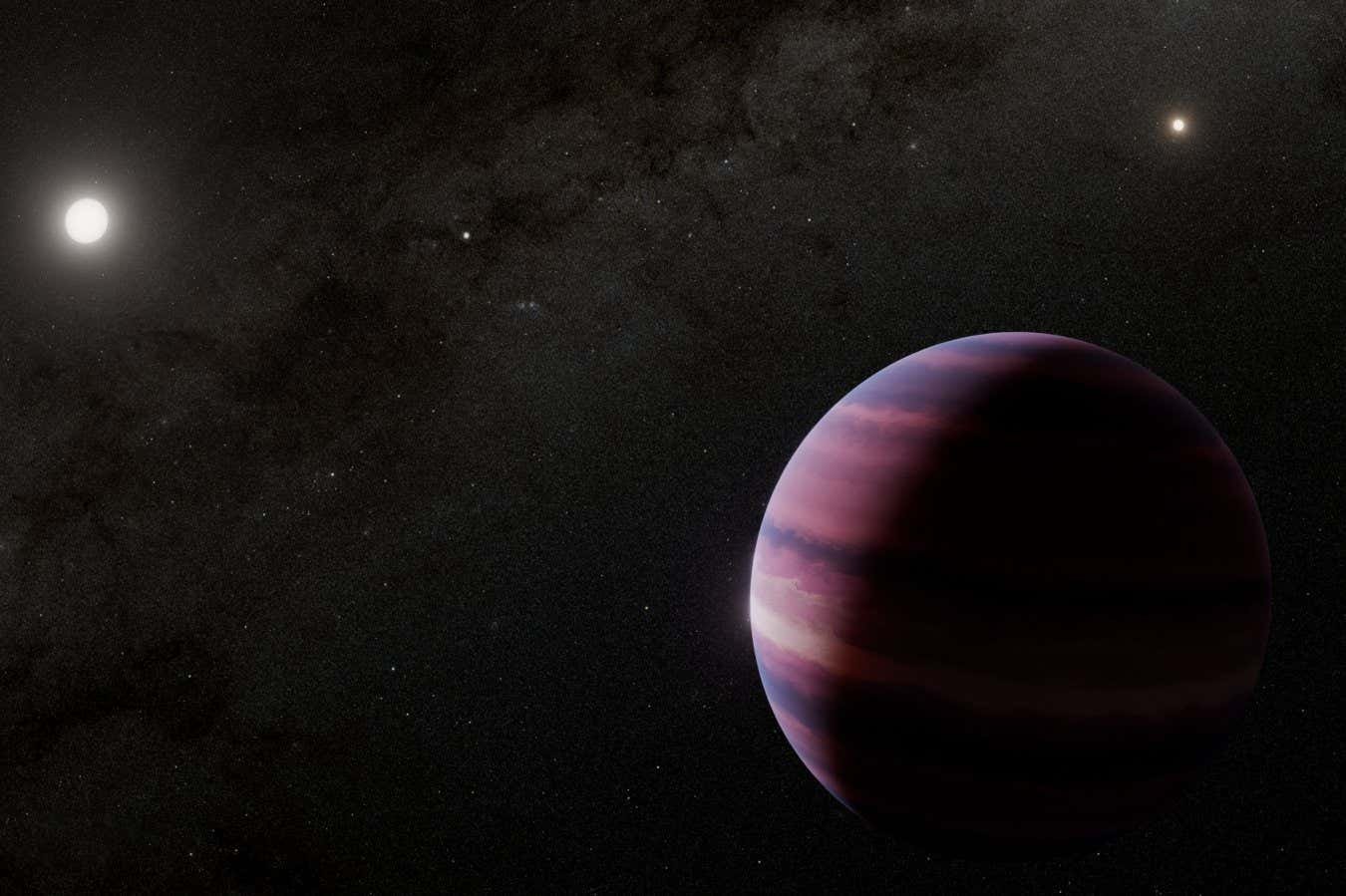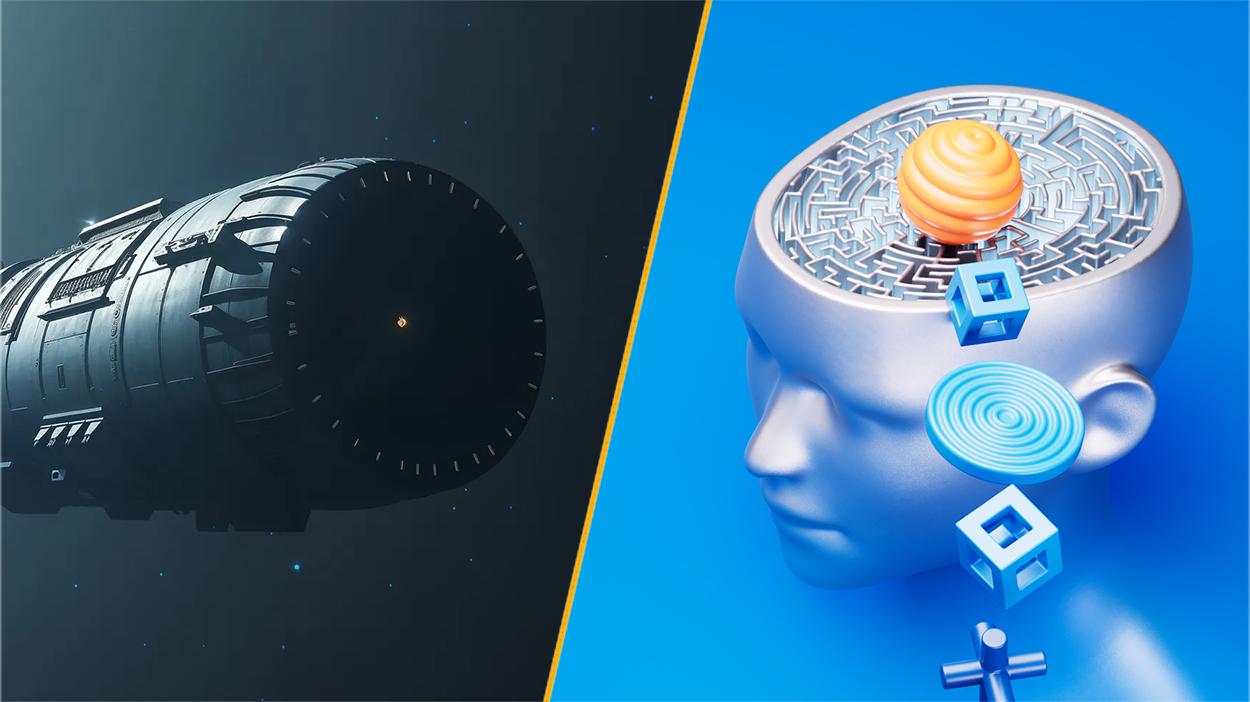
A new method, which uses synthetic datasets and transfer learning to overcome data scarcity and variability, significantly outperforms conventional techniques in multi-year field trials.
Leaf area index (LAI), a critical indicator of crop growth and productivity, plays a pivotal role in agricultural remote sensing. Traditional LAI retrieval methods using empirical models and 1D radiative transfer models (RTMs) often struggle with environmental variability and structural complexities, especially when applied across different years and growth stages. To address these challenges, researchers have increasingly turned to deep learning. However, such models typically require large labeled datasets that are time-consuming and costly to collect in agricultural settings.
A study published in Plant Phenomics on 28 February 2025 by Hao Yang’s team, Beijing Academy of Agriculture and Forestry Sciences, offers a transformative solution for precision agriculture by enabling scalable, accurate, and low-cost LAI monitoring across seasons using only multispectral UAV data.
To support accurate LAI retrieval across years and growth stages, the researchers first generated and validated synthetic spectral datasets using a 3D radiative transfer model (RTM), ensuring that reflectance values captured a wide range of physiological and environmental variability. These datasets, incorporating diverse maize canopy architectures and biochemical traits, were found to align well with multi-year UAV observations, effectively supplementing the limited scope of field-measured data.
From this foundation, a knowledge-guided convolutional neural network (KGCNN) was pre-trained on the synthetic data and fine-tuned with measured 2021 field samples using transfer learning (TL). The model demonstrated strong generalization in dynamic LAI retrieval for 2022 and 2023, achieving R² values up to 0.53 with RMSE as low as 0.49, though some underestimation occurred during dense canopy stages due to spectral saturation.
Compared to the PROSAIL-based 1D RTM model, which reached a maximum R² of only 0.55 and suffered from under- and overestimation biases, the 3D RTM-based KGCNN offered significant improvements in both accuracy and consistency. Alternative models such as RNN, LSTM, and random forest also fell short, especially in generalizing to unseen datasets.
In contrast, the KGCNN + TL model consistently outperformed these methods, showcasing superior multi-year retrieval precision. Furthermore, models trained solely on measured data without pretraining yielded notably lower performance, underscoring the value of simulated data.
Ablation experiments on the KGCNN architecture revealed that increasing the number of convolutional channels improved feature learning and model robustness. The best configuration reached an R² of 0.87 and RMSE of 0.54, validating the architecture’s design. Overall, the integration of 3D RTM simulation, tailored neural network design, and transfer learning offers a powerful framework for reliable, scalable crop LAI monitoring under variable field conditions.
By fusing simulated data from advanced 3D radiative transfer modeling with deep learning and transfer learning techniques, this research offers a highly accurate and transferable method for LAI retrieval. The KGCNN + TL framework sets a new benchmark for interannual crop monitoring, demonstrating the potential to revolutionize how farmers, researchers, and agronomists monitor and manage crop growth under changing environmental conditions.
More information:
Dan Zhao et al, Dynamic maize true leaf area index retrieval with KGCNN and TL and integrated 3D radiative transfer modeling for crop phenotyping, Plant Phenomics (2025). DOI: 10.1016/j.plaphe.2025.100004
Provided by
Chinese Academy of Sciences
Citation:
AI model enhances crop growth monitoring with minimal field data (2025, August 8)
retrieved 8 August 2025
from https://phys.org/news/2025-08-ai-crop-growth-minimal-field.html
This document is subject to copyright. Apart from any fair dealing for the purpose of private study or research, no
part may be reproduced without the written permission. The content is provided for information purposes only.




